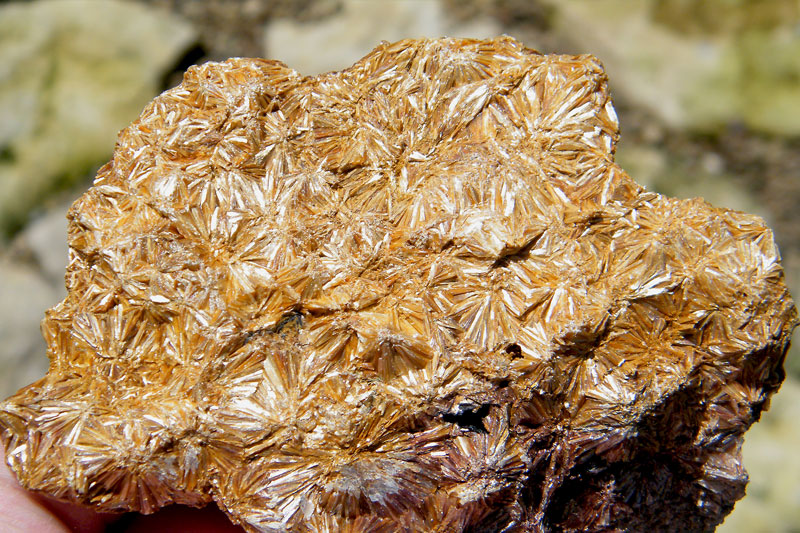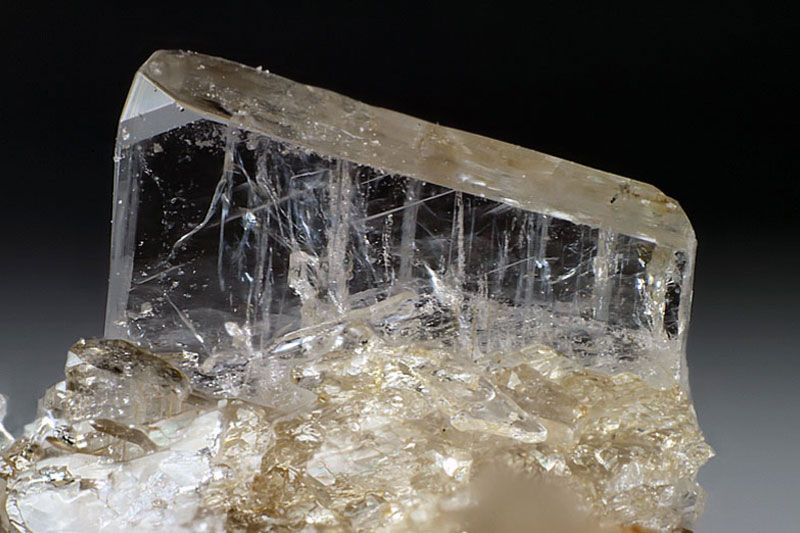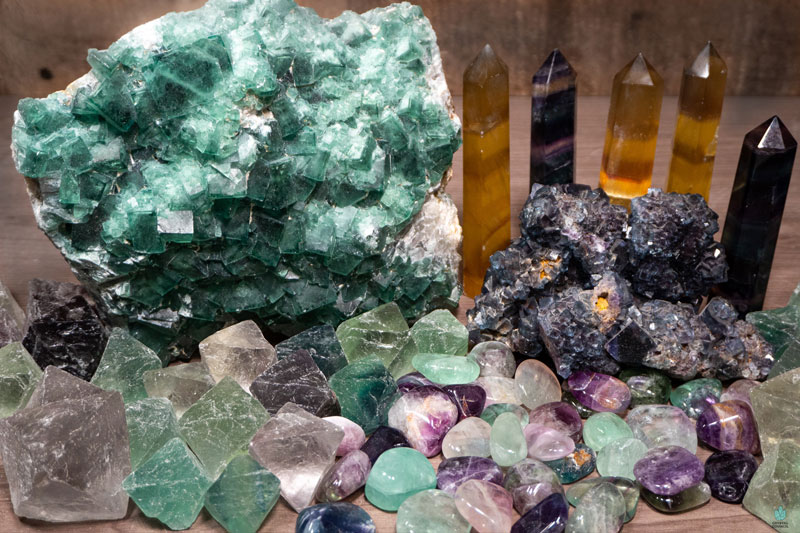BASALT ROCK
BASALT ROCK
Basaltic rocks are well-known in mafic (basic) volcanic rocks and are widely distributed in the Earth’s crust. They contain a high proportion of iron and magnesium elements, with a maximum mineral content of 5% in olivine. Geologists have classified basaltic rocks into two categories: alkaline calc-alkaline rocks and alkaline mafic rocks.
Types of Basalt
Tholeiitic Basalt and Calc-alkaline Basalt: Tholeiitic basalt is similar to calc-alkaline basalt in its mineral composition but differs in its chemical composition. Tholeiitic basalt is formed from labradorite and diopside, with the addition of augite or hypersthene either individually or combined. Tholeiitic basalt is characterized by interstitial or glassy interstitial texture and sometimes porphyritic texture, meaning that either feldspar or pyroxene crystals are large.
The larger feldspar crystals in tholeiitic basalt are rich in calcium compared to the feldspar crystals found on the Earth’s surface. Important minerals added to tholeiitic basalt include opaque minerals such as magnetite or titanium magnetite and hematite, which is produced from the oxidation of magnetite.
Olivine Tholeiitic Basalt: Olivine tholeiitic basalt is similar in mineral composition and texture to tholeiitic basalt but differs in having large crystals of olivine. Olivine crystals are not present on the Earth’s surface, and they have a well-developed or semi-developed shape. This is evident in most olivine crystals showing a form of magmatic corrosion, indicating that olivine is not in equilibrium with the tholeiitic magma from which it initially formed, and it starts to react with it to form pyroxene. However, the reaction does not proceed to completion due to rapid cooling.
Alkaline Olivine Basalt: This type resembles tholeiitic basalt in all its characteristic textures but has a different mineral composition. The main mineral found in this rock is olivine. Additionally, porphyritic varieties are distinguished by their large crystals. This rock is produced due to alkaline basaltic melting, in which titanium oxide replaces aluminum in its composition.





